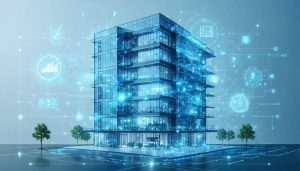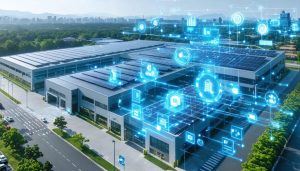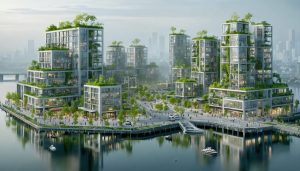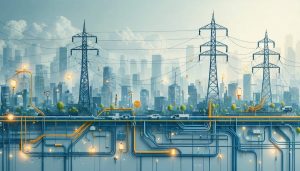
Open Source BAS: The Future of Smart Building Control Is Already Here
Open source building automation systems are revolutionizing how modern facilities operate, offering unprecedented control and cost efficiency without proprietary constraints. As AI-powered building systems continue to evolve, open-source platforms have emerged as robust alternatives to traditional vendor-locked solutions, enabling facility managers to integrate diverse systems seamlessly while maintaining complete control over their infrastructure.
These systems …









